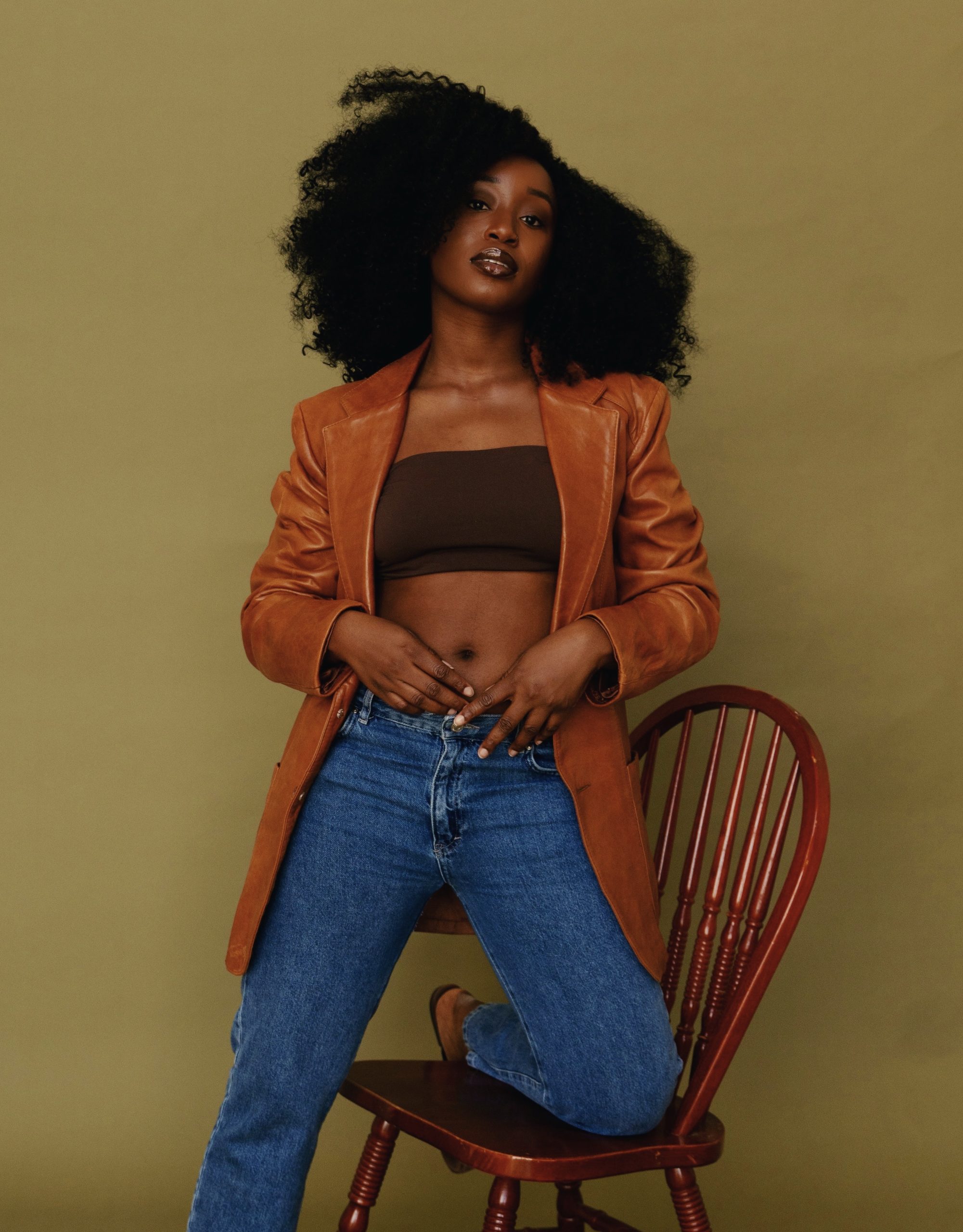
A masterclass on photography and visual storytelling with Tumi Adeleye
Artists are known for speaking through their art, painting lives they’ve lived, taking photographs of people they’ve met, and letting their personal life, thoughts, and changes influence the art they produce.
Meet Tumi Adeleye, a Nigerian-American photographer whose work reflects her experiences growing up in both Brooklyn and Lagos. Tumi’s passion for photography began as a way to connect and reconnect with people after experiencing drastic changes in her surroundings. Over time, her photography evolved into visual storytelling as she sought to express emotions that may not be captured through words alone.
As a black woman living in America, Tumi’s work explores the complexities of the cultures she grew up in and highlights topics such as black beauty, mental health, love, and emotions. Her photography is inspired by her rich African cultural background, and she seeks to connect people to stories and imagery that are often under-appreciated, unrecognized, and forgotten.
Tumi’s style of photography is versatile, but one constant theme is the display of softness and love. Her work celebrates the beauty in everyday life and reminds us that we all deserve to be seen and appreciated.
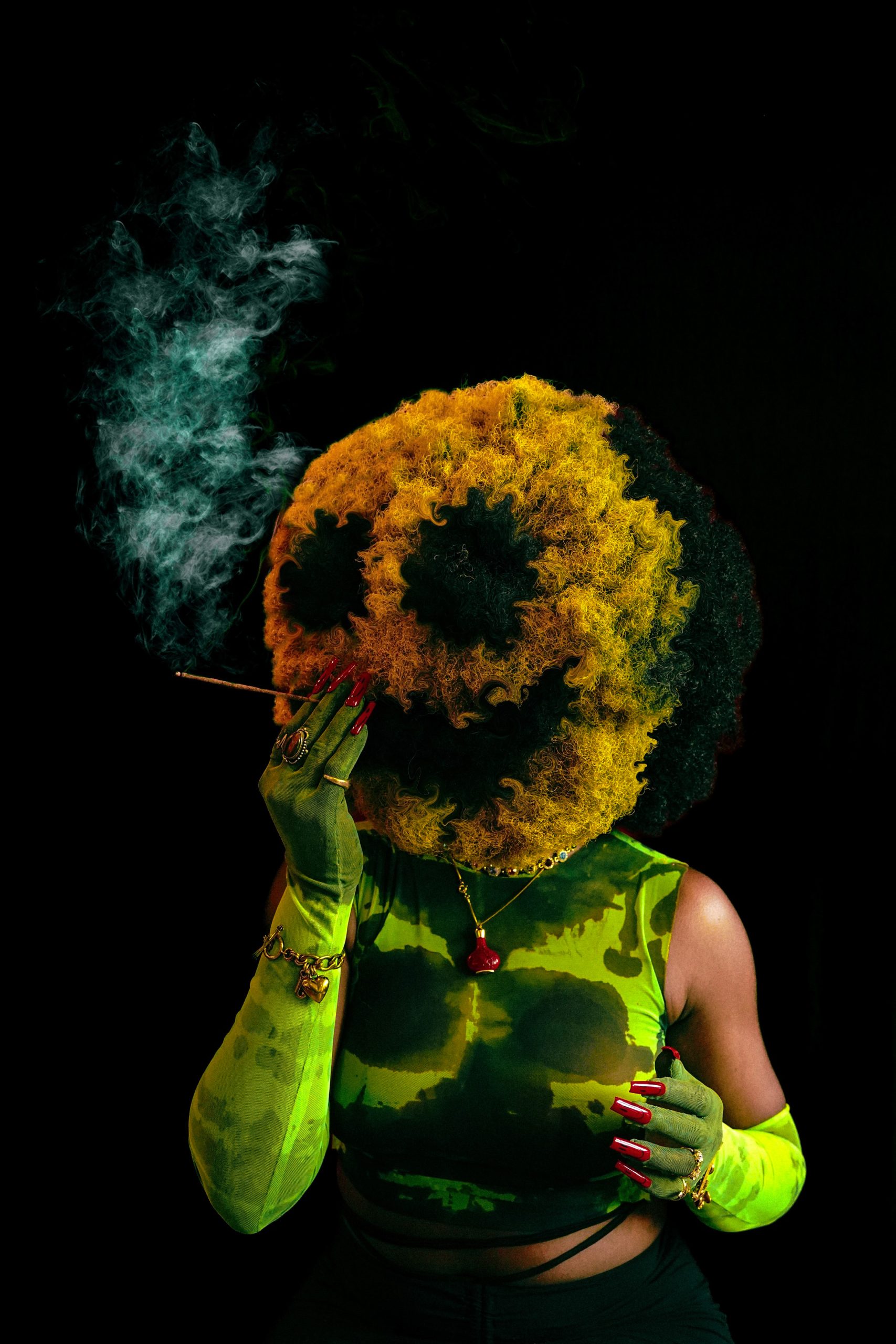
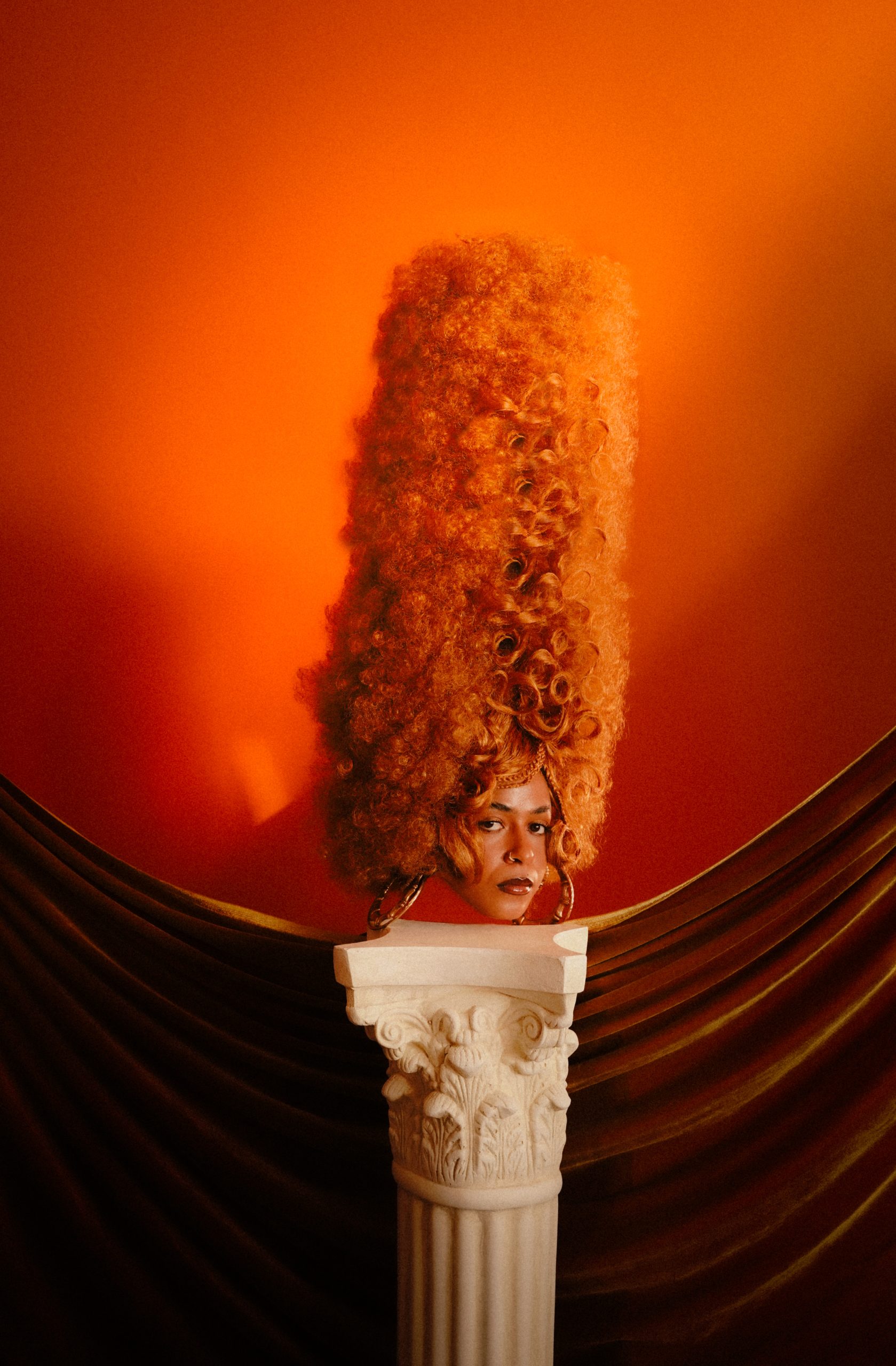
With Tumi Adeleye, photography is a means of expression. Turning each idea, each change, each feeling into something real and then taking photographs. Photographs that not only tell a story but transport you into her world. Each photograph for me is like a painting, I could look at one and think to myself “It can’t be real” but they are, they truly are. This is a testament to not only her photography skills but her creative directing. They say that pictures are worth a thousand words and Tumi tells us exactly how that’s possible.
Join us as we delve deeper into Tumi’s journey as a photographer and explore the stories behind her captivating images.
Tumi takes pride in her ability to channel her emotions from her life, experiences, and the experiences of others around her into her work. Hence, the first question I ask her is; “What does photography mean to you?”
What the art of photography means to a photographer
For me, photography is creative expression, emotional expression, and spiritual expression. Like it’s every form of expression that you could think of.
And I feel like people use that medium in different ways. So that’s what I love about it. Photography is a vessel to share where I’ve been and where I am right now. My state of mind and how I’m feeling, or even things that I wish for.
Things that I want to have more in my life like love, and gentleness. It’s a form of release, something like therapy and I’m grateful I pursued it against all odds. And when I say all odds, it’s really just two odds.
One is my Nigerian parents. They did not understand the concept of having a hobby. My background wasn’t completely conservative, but my parents are very protective.
For the older generation, it’s not something that they fully understand. The concept of a creative job. They didn’t know how to approach it with love. I didn’t let them know how deep into the journey I was going to go. So I thought of it as a rollercoaster, it’s their choice to get on the ride or not, but I’m on it, having the time of my life. I see amazing photographers and creatives, doing their thing, making their money, and, following their hearts at the same time. I wanted the same, to follow my heart and express the things I wanted to and I’m glad I did.
And then the second odd is I couldn’t afford a camera for the longest time and I was shooting on my iPhone.
I was telling a lot of my stories through phone lenses and that affected my confidence in calling myself a photographer. And a lot of people didn’t realize that I was shooting on my iPhone. They’d tell me that they’d like me to do a shoot and I would have to let them know ahead of time that I shoot on my phone camera and show them examples of shoots so they feel comfortable.
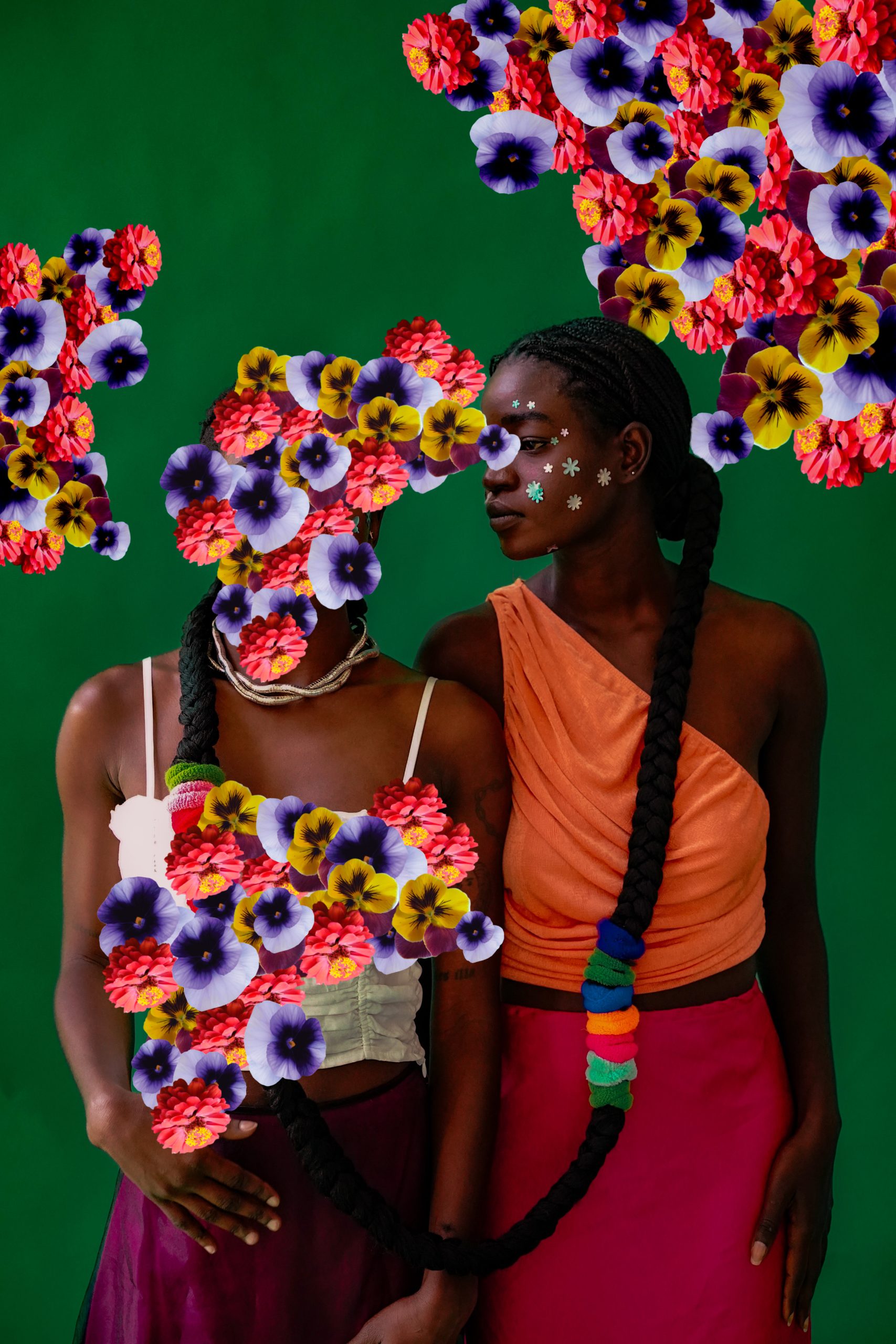
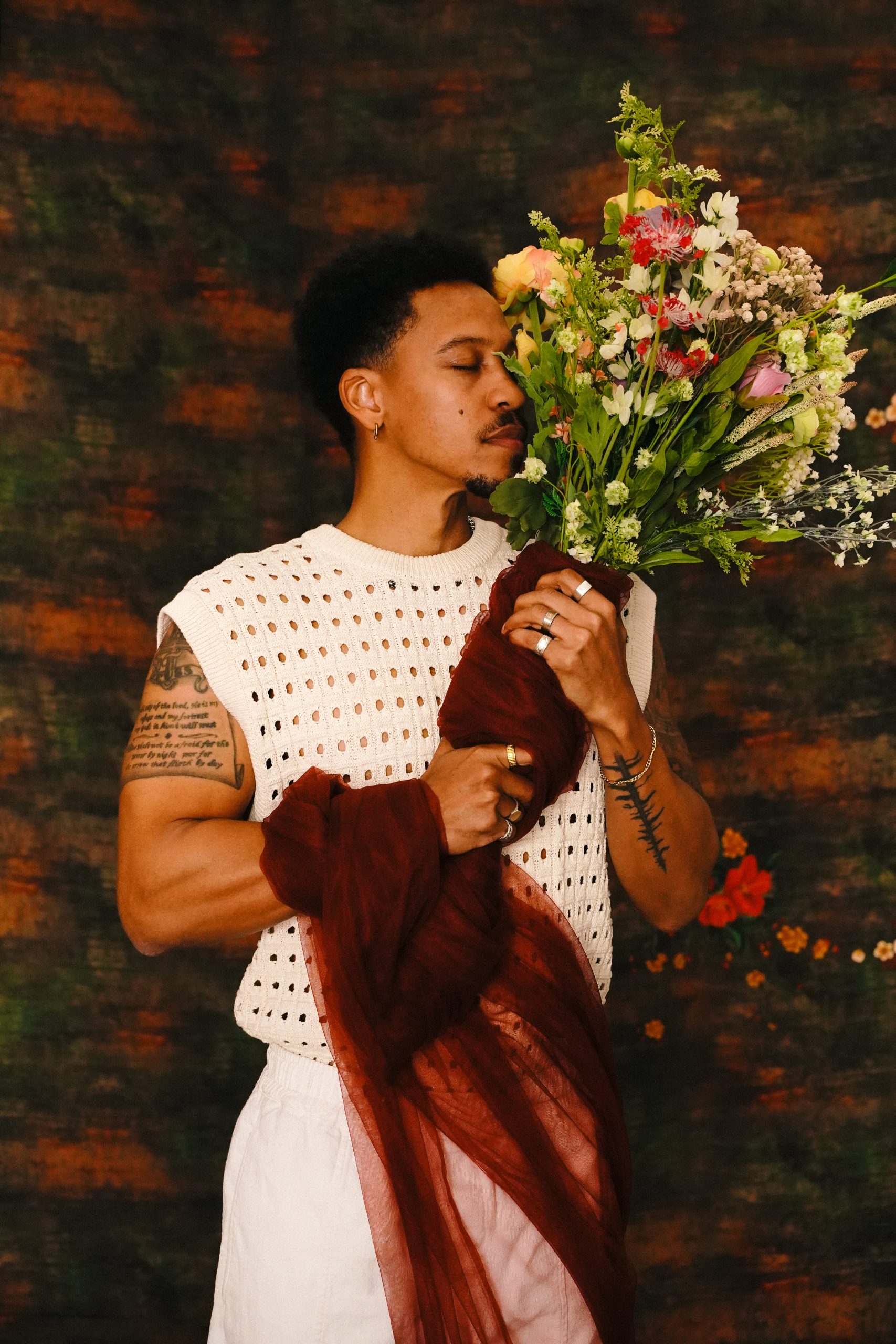
Yes, I understand the part about not having enough resources to get your dream started, but I like how we can be born with whatever we have and use whatever is available to us at the moment. Yeah, I love that.
As a storyteller, every part of the process is important. Tumi’s ideas come to her randomly even through the dreams, and I was curious to know how she sets the tone from just being a vague idea or a dream to the set, the models, colors, and the styling. So I asked her; “How do you set it all up?”
How to set the tone for photographs
I don’t wanna say it’s a lot of planning. It might look like a lot to someone who doesn’t enjoy it.
I was watching this music video and there’s a scene where he’s looking up into the sky holding a balloon and his hair is flowing in the wind. It was all so graceful.
And I saw something else when I saw that, an idea.
But the way I executed that photo came out so different from the inspiration. I could dream about a girl in the ocean swimming with sharks and then you might see a photo of a seahorse and you’d be like, “Well, that was not the original dream” but it’s what I’ve created from the dream that matters.
So you ask the “how” questions to bring the idea to life, do I need flowers, or a rope? What do I need?
And I think the biggest thing is during this process, you have to interact with your curiosity. There’s a safety I feel within that process because I know no one would tell me what I’m doing is the wrong way to do it.
So I’m just testing things along the way, crafting things in my apartment.
It’s also sharing it with people, and your community and asking for help. From people who believe in you and also who you believe in as well, the creatives you work with like the models They’d also help to bring that vision to life and everything just flows so naturally.
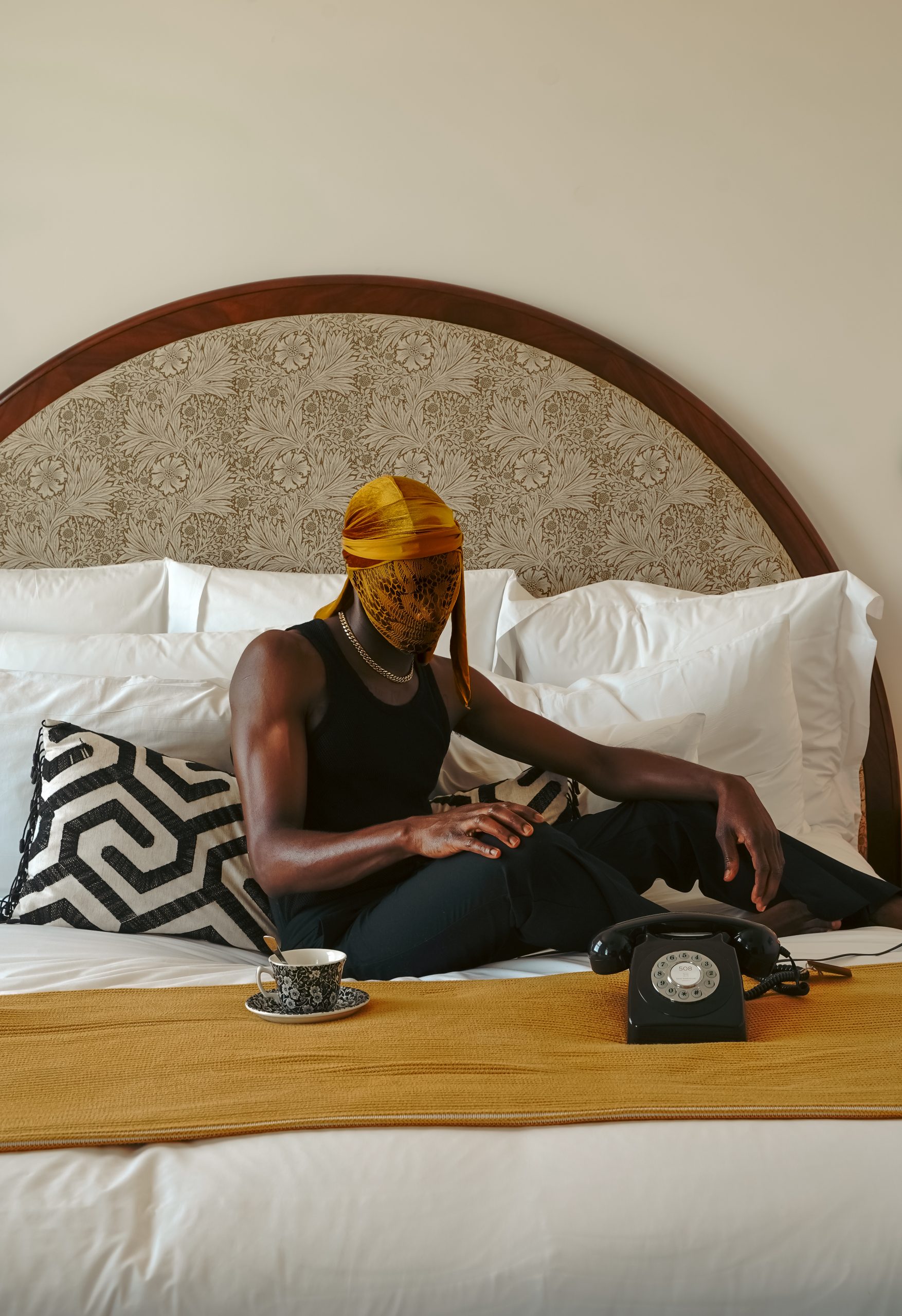

What stood out for me was being able to interact with your curiosity and being expressive about it all. This brought me to my two-part question. The first part would be there’s a struggle with creatives when it comes to translating their ideas, especially with clients. So I asked her; “How do you go about that? Especially when the client doesn’t want to accept your creativity or curiosity, how do you work with clients in that space?”
And the second part is when she’s working on sensitive issues or personal subjects, and I followed up with another question; “How do you relate with your models? How do you approach building that relationship with your models and your sets to be able to tell the story?”
Client work and building relationships with models as a photographer
I haven’t done a lot of client work but I’ve had a few brands hire me and ask me to be free creatively and they give their guidelines.
I did recently have one job where the client trusted me and loved my creativity. But they ended up giving me all these rules, and then the rules end up being what the set looks like or what the photo looks like, what the end product looks like. Sometimes in my head, I’m like, “Y’all could have just done this yourself.”
Guidelines are important but it can be difficult to manage when there are strict rules. You’re trying to follow the rules and work with the available materials in their budget, it can be a lot.
A lot of times, it’s harder when a client doesn’t have a story to tell, some jobs that were initially supposed to be creative just end up just being portraits of people in plain background. Just take the pictures, edit them, and send them.
When working that way, it’s good to set the tone early on with the client and dig deep into what they truly want.
I did a shoot for a braiding company and they had a really small budget. They could barely pay me but I believed in what they were doing and I liked the owner of the company. So we went location scouting and came across this black antique shop that had been closed down and lucky us, the owner was right there that day and she let us in. I knew there was so much I could do with the space and they trusted me, it was nice having that.
I had never really experienced that before and that set the tone for what I feel creative direction looks like versus just doing photography.
To tie into your second question, we were working with three different models. One was like a seasoned model, the other person was a first-time model and she was also plus size. The third was mid-size and also didn’t have a lot of experience.
I think what got us all comfortable with each other was first of all, me being a black woman and seeing them for who they are. I was also able to feel their energy and connect to them and they did the same.
They could also tell that I wasn’t coming from a place of them doing exactly as I said.
I believe that direction is all I need to give the models so I allow them to get comfortable, feel silly for a little bit, be free to say “Oh, what am I doing?” and give them words of affirmation like “You’re doing great”, “Keep doing your thing, “That’s beautiful, you’re beautiful”, “Perfect”. Just letting them be themselves.
Because again, this goes back to what I was saying, like if you don’t engage with your curiosity, you’re never going to like build a skill or know what it’s like to be on the other end.
Structuring their essence. Not everyone is meant to be posing like Naomi Campbell. Everybody’s body is different. So genuinely being able to see that and being able to appreciate that. European standards have penetrated the industry for decades so it’s always good to see a representation of black people and of women and women who are mid-sized or plus-sized. Not just representation, but also appreciation. To take them seriously as they do their jobs.

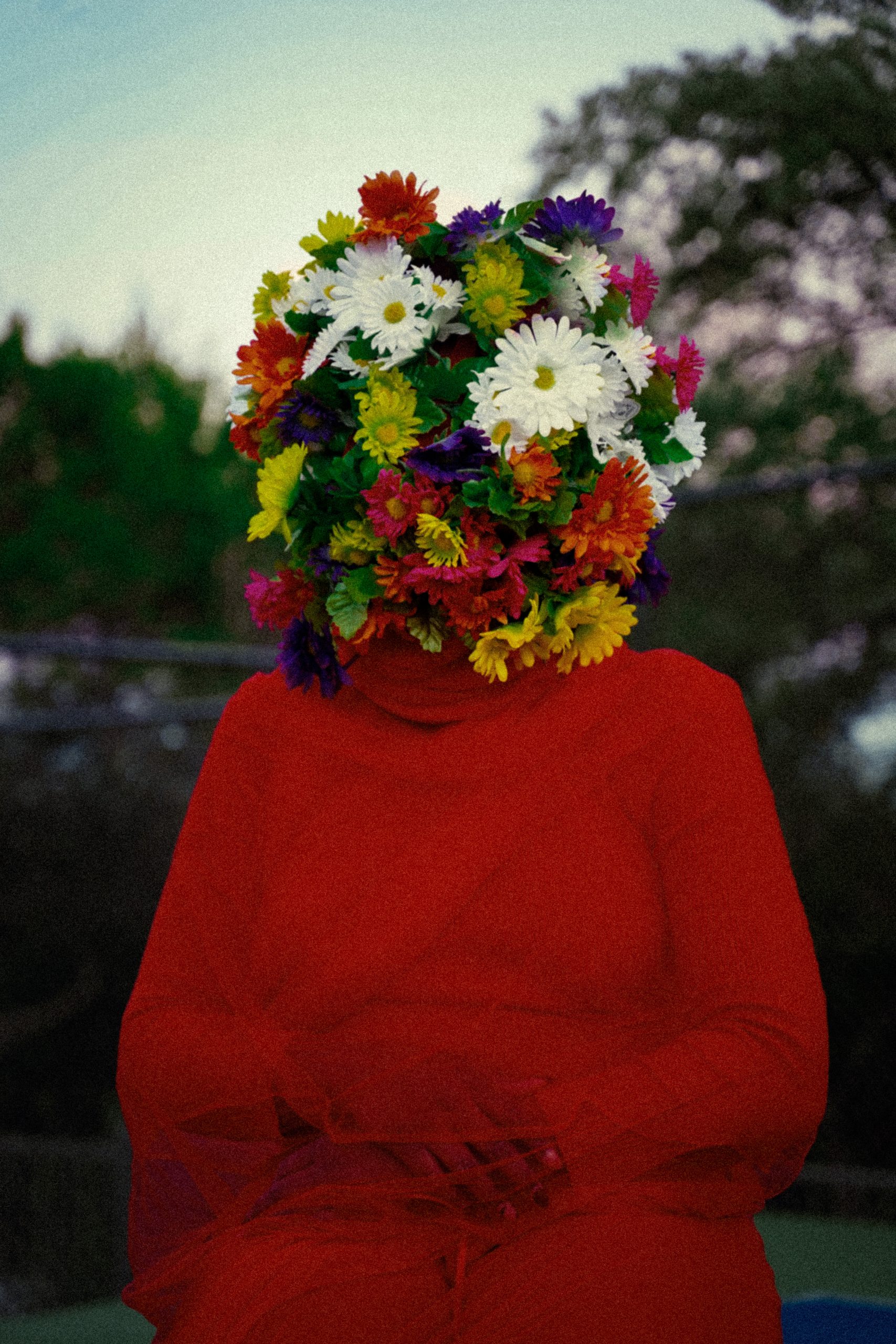
Looking at Tumi’s works, there’s a style I sense, her photographs often look like paintings and feel as such so I asked her; “How have you been able to own your style despite creative blocks?”
How to own your photography and direction style despite creative blocks
From environment changes to the weather and feeling down, I’ve found myself in positions where I wouldn’t want to leave the house or even want to express myself. But I try to treat myself with kindness and do what I can wherever I am.
I could be at home and still create. Recently, I was home making hats that I am hoping to start selling soon. And I was like “You’re just in the house sewing like an old woman.” I don’t know why sometimes I could be my biggest hater. Despite that, I move past it.
And after being in that creative rut, I had a shoot and I just kind of set expectations with the model because it was a personal idea that I was shooting and I told her how everything was out of pocket and with little planning.
I think it just helped to do that shoot and also work with people who make me feel comfortable and that I feel comfortable with.
So I guess they say starting is the hardest part and for the most part it’s true.
Starting is the hardest spot, It is. All it takes is to stand, get out of the house and get in your car or whatever, and then just show up. And something else that’s been giving me comfort these days is knowing that everyone is doing everything for the first time.
So remembering that and remembering that today is a new day and nothing is written and I take that into my shoots and I guess, it creates a theme or style for my work.
I want my art, my photography to be experienced as art and to be owned by people who love art and people who love my work. Just like paintings, as you mentioned.
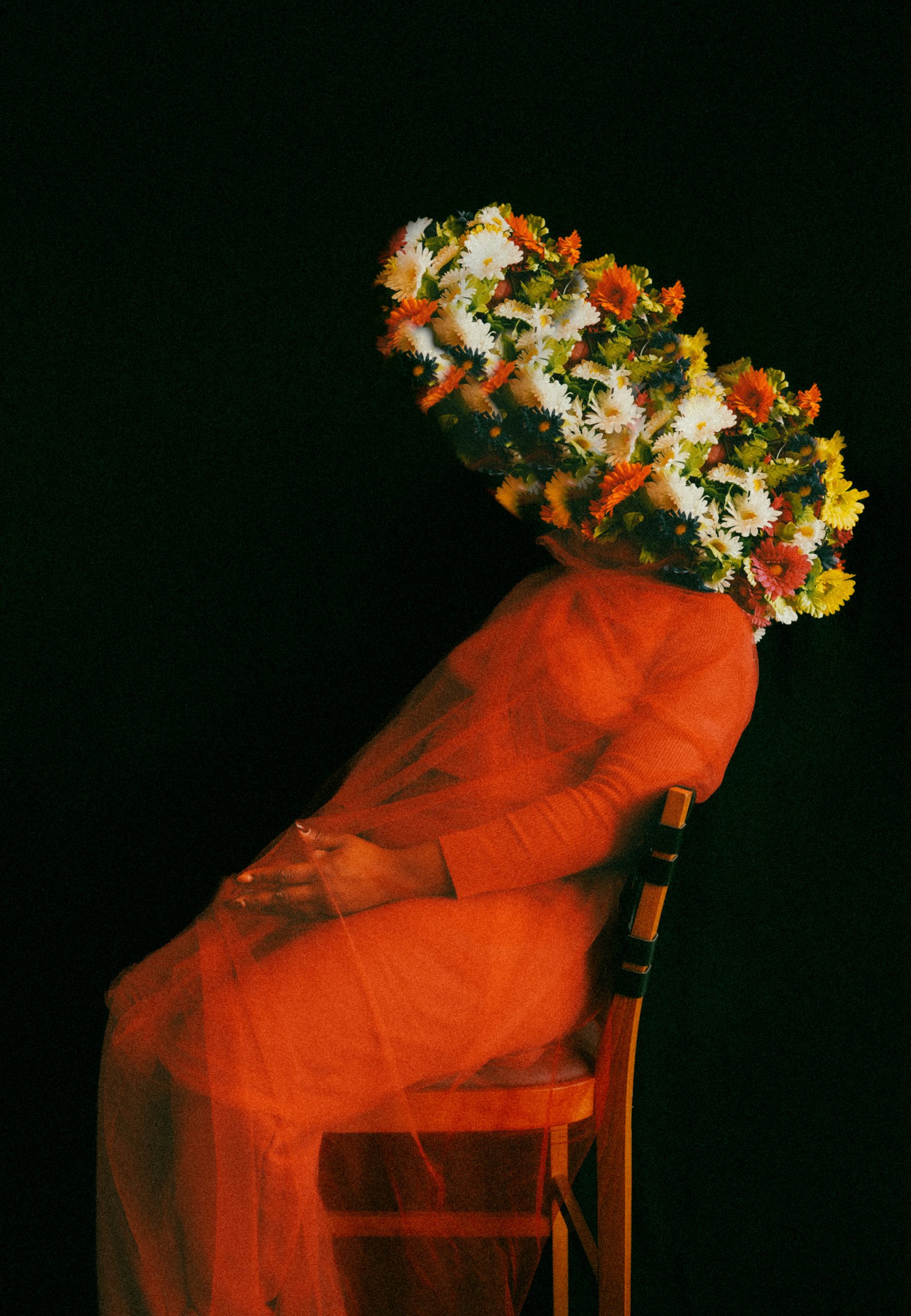
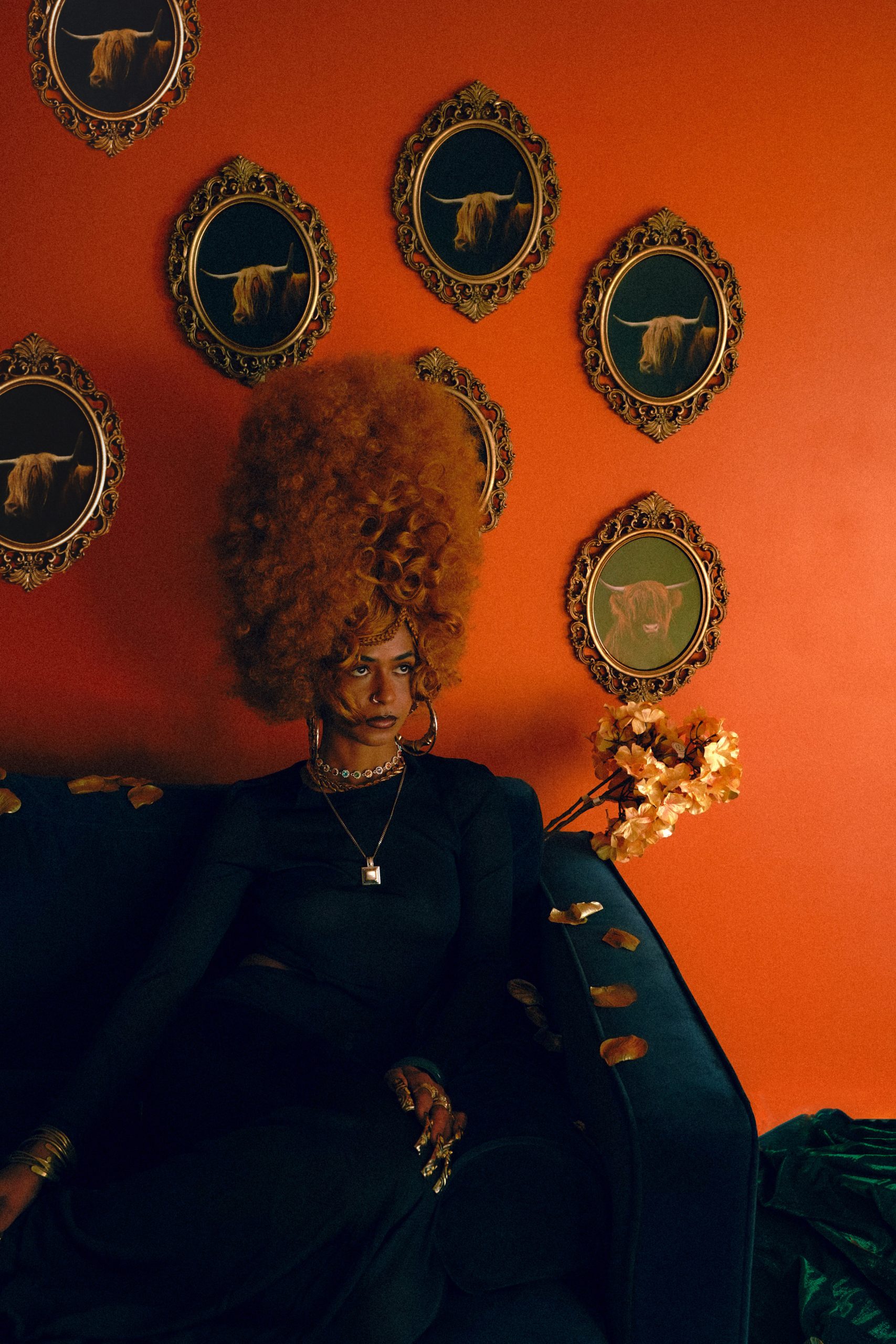
Okay. I love that. I dabble a lot into many hobbies and recently, I’ve been so obsessed with photography and film, mostly with small digital cameras and I would say that it is difficult, especially as someone who does not like to go out much.
Hence the question; “What advice would you give to aspiring photographers who are interested in telling stories with their work? What would you say are the most important qualities, the tools they need, and just general advice for aspiring photographers?”
Important advice for aspiring photographers
I would say, first, that whenever you have an idea, whether you think you’ll create it or not, make sure to write it down. Another piece of advice would be that you treat yourself with kindness. Don’t beat yourself up too much or at all, honestly. You need to be your biggest cheerleader because you know there’s a lot of beauty and love that’s gonna come from what you end up creating, it’s fine to have bad days or for plans not to go your way. You have to appreciate your work and other people can connect to that, appreciate it too, and even feel inspired.
Also, repost your work. If you posted something last month and you’re like “Oh, I don’t know what to post again, or I don’t have anything to post”, you better post that one again.
We’re working against algorithms that aren’t exactly built for us so just keep sharing your work. Don’t create something and then not share it. Give your art a place to live and breathe.
Remember to seek freedom, do creative work, own your ideas, and meet people who are like-minded and will help you on your journey.
Thank you very much. what would you say are your favorite tools to use when working? And any tips?
My tip is honestly, don’t write a photo off before trying to crop it and edit. Edit the photo. A lot of photos need cropping, and that’s really where the story is. And also they need editing.
Do you enjoy the editing though? I love it. I think that’s the cherry on top so people can see what I have in mind.
And I also end up exploring other things and making other ideas that I didn’t think of originally. For editing, I use the full Adobe Creative Cloud suite.
So Photoshop, Lightroom, and I also like the editing tools on my Phone, they are so helpful.

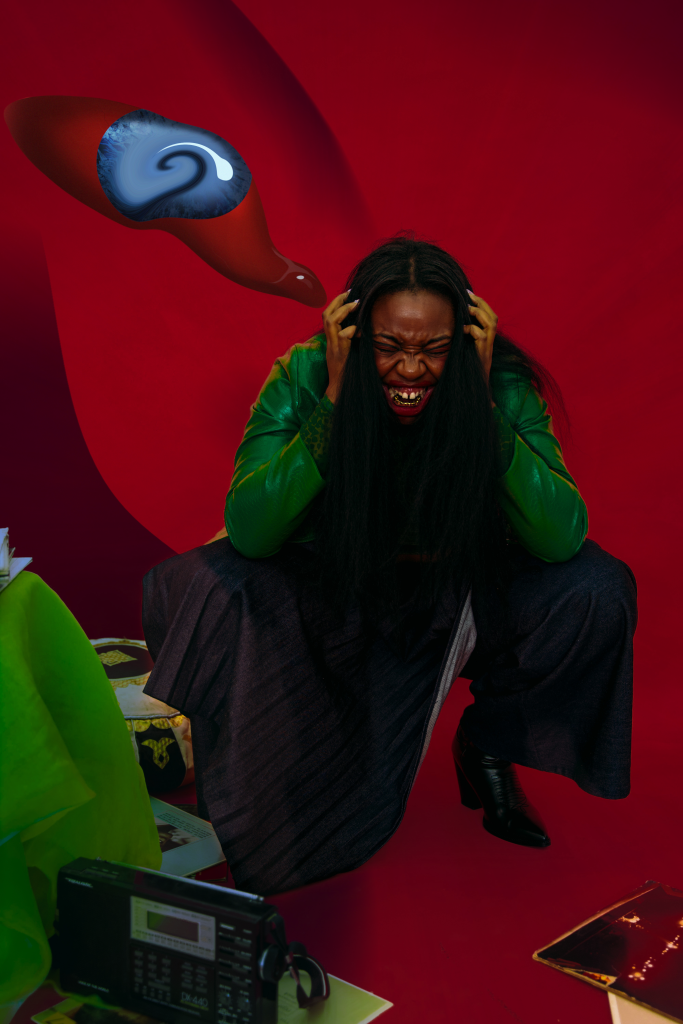
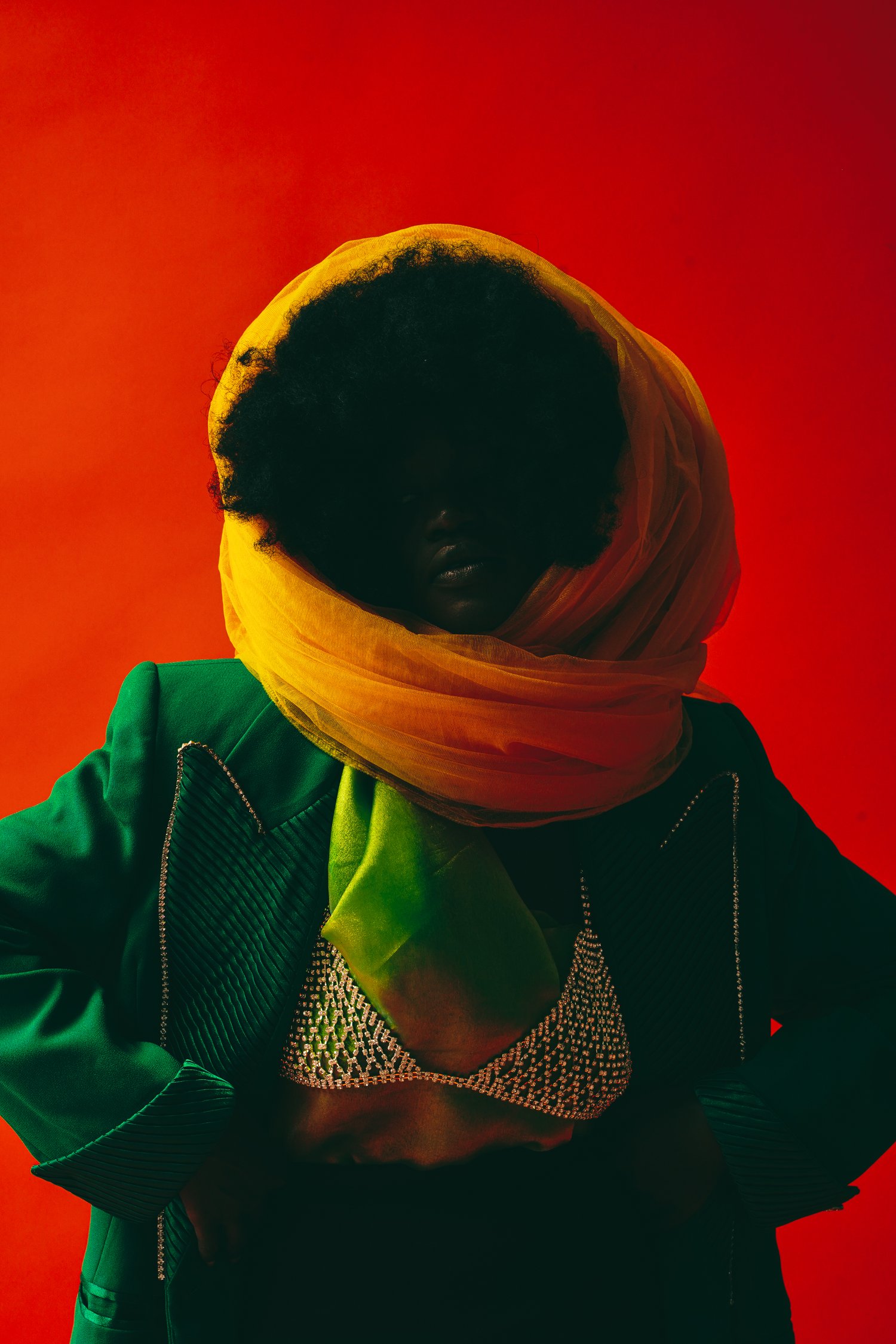
Okay. So lastly, “What can we expect from you in the future? Are there any upcoming projects that you can tell us a little about and how can we access them?”
From my head right now, I’d say to expect some things that are alternative, and abstract but also very fun and filled with emotions. Mostly happy, colorful, crazy, you know.
You can check out my website and my Instagram.

Tumi Adeleye’s journey as a photographer has been a testament to the power of creativity, perseverance, and self-expression. Her passion and dedication to her craft are evident in every photograph she takes, and her ability to channel her emotions into her work is truly inspiring. As we wrap up our interview with Tumi, we’re left with a greater appreciation for the art of photography and the storytellers who bring their visions to life. We’re also left with insight if we’re on the path to becoming one ourselves.
One Comment
Comments are closed.
[…] Gain incredible insight and appreciation for the art of photography and the storytellers who bring their visions to life. […]